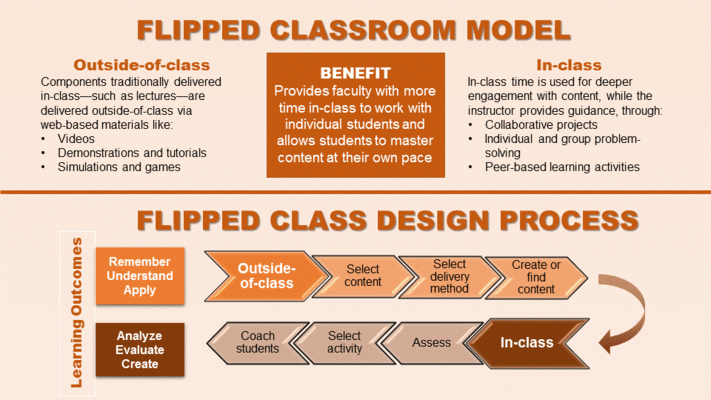
Access to our project webpage
Project summary.pdf
Timeline activities.pdf
Context: we are living in the digital era and the way people communicate has been altered enormously. Internet and mobile phones has changed our lives forever. Nonetheless, the way of teaching has not. Teachers tend to continue making use of the classical approach, master classes in which teachers deliver “the perfect” monologue followed by tons of homework for our beloved pupils. Hence, why not in this new digital world flip our classrooms and do things from another outlook? In this project we want to learn how to successfully implement the flipped classroom model in our schools. In a flipped classroom approach class time is released so that students' participation in active learning can be facilitated through questions, discussions and applied activities that encourage exploration, articulation and application of ideas. Additionally, a Flipped classroom is an integral approach that, when applied successfully, will support all phases of a learning cycle such as the Bloom’s taxonomy. Nowadays, it is extremely difficult for teachers that pupils keep their attention in class. Besides, it is extremely tough for teachers motivate their students for a successful learning. We are an association of six countries strongly committed to education eager to learn about this new educational approach. We would like to put into practice this new approach in our schools. We would like to contrast ideas, involved the whole educational community applying this standpoint to STEM disciplines, VET fields, adult education, special needs students, and the whole secondary curriculum indeed. Everything, with the aim of struggling against absenteeism, early dropout, conflictive relationships, educational failure, and the like.
Objectives: the main goal of our project lies in achieving the enough knowledge, skills and abilities to implement successfully the new educational methodology of flipped classroom, all our efforts will be aimed in a first stage to learn about the new educational concept of flipped classroom methodology and in a second stage to implement this new methodology to our daily classes. As a second goal, we attempt to make this new methodology reaches the whole educational community being a turning point between the old and traditional teaching methods and the new methodology based on flipped classroom. These two main objectives have been conceived as a way to reduce the current rates of early school dropout and absenteeism, to enable success for all students and to offer quality education. Furthermore, we would like to apply flipped classroom methodology to special needs students. Eventually, we intend to change the old teaching styles not only in our particular schools, but become reference schools in all educational levels, primary, secondary, VET, high and adult education in the implementation of a flipped model.
Number and profile of participants: our project will involve teachers interested in the implementation of the flipped classroom model, students aged 14 to 19 years old, special needs students of each project partner school aged 16 to 21 years old, and other school staff, such as the headmaster, the assistant headmaster, the secretary, and other members of the local community, such as teachers of nearby project partner schools, the mayor, parent-teacher associations, and so on.
Activities description: we plan to have a first short-term joint staff training event of five days, where the participating teachers involved in the project will have the opportunity to learn about the new flipped classroom educational approach first-hand from a distinguished knowledgeable person on the matter. After that, we will have five Short-term exchanges of groups of pupils where students and teachers will put into practice and undergo several activities focused in a flipped classroom approach into an international frame.
Methodology: once acquired the enough knowledge about this new educational concept of flipped classroom, the methodology to follow will focus on its implementation through activities, seminars and workshops worked out by students and teachers.
Results and impact: the result of the project is to generate knowledge to implement new mechanisms to fight against school absenteeism and improving student motivation and performance including students with special needs.
Potential longer term benefits: the implementation of new methodologies such as the Flipped classroom must be an objective more than an assay in our schools. The expected outcomes of our project must encourage other schools to implement this new pedagogical model into theirs. The echoes of this project will stay for as long as our schools function or exist, and since many of our schools have several educational stages, it will contribute to change the way we teach at the levels of secondary, higher, adult and VET education.